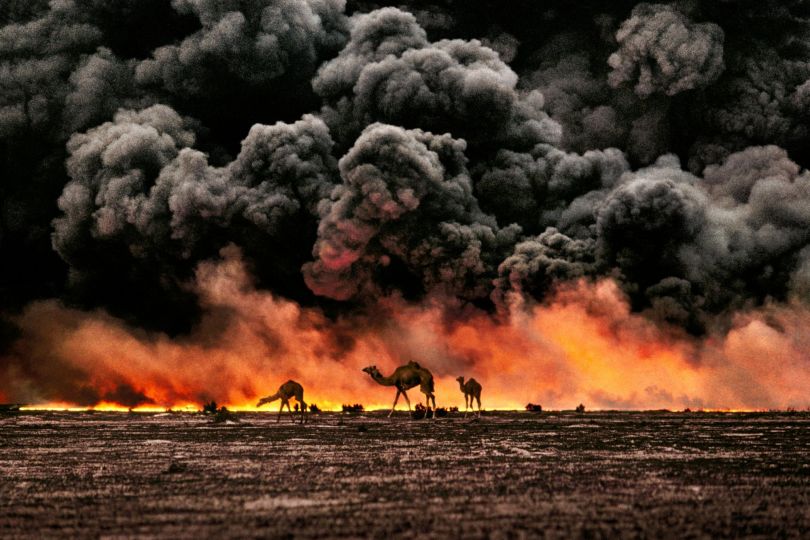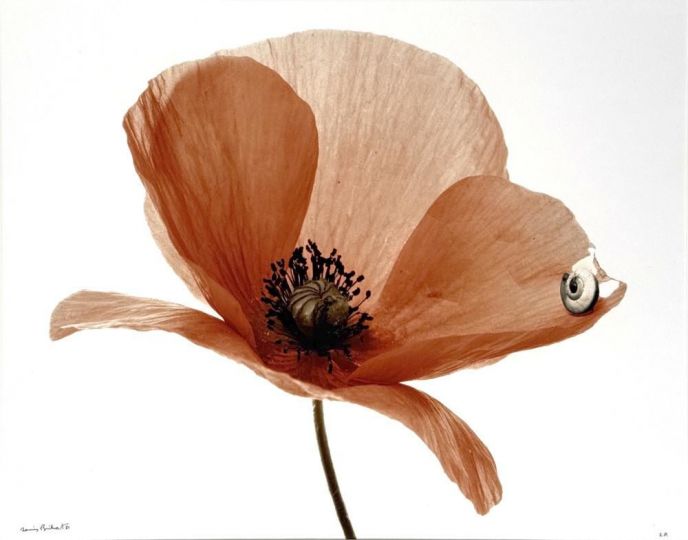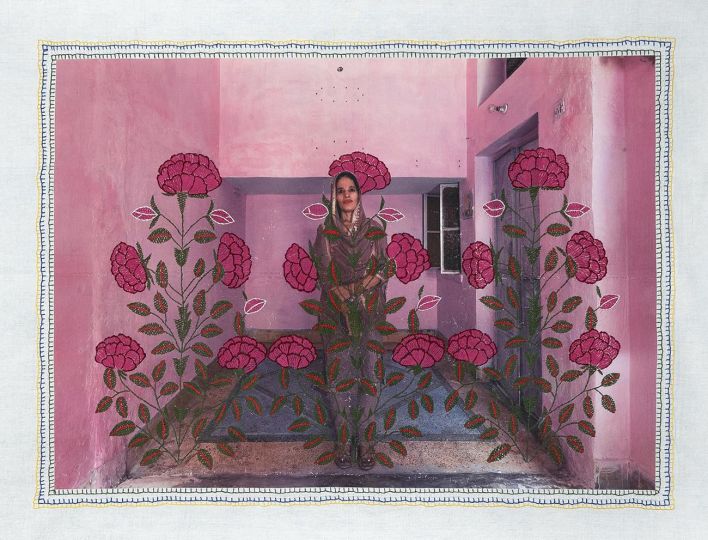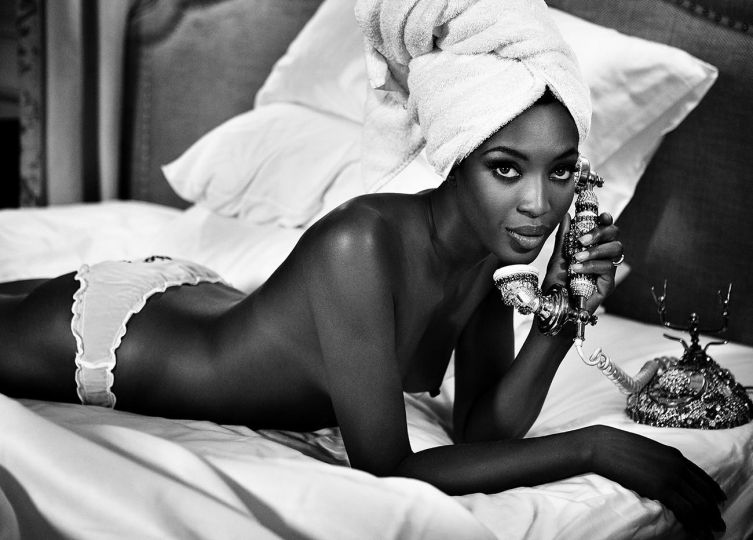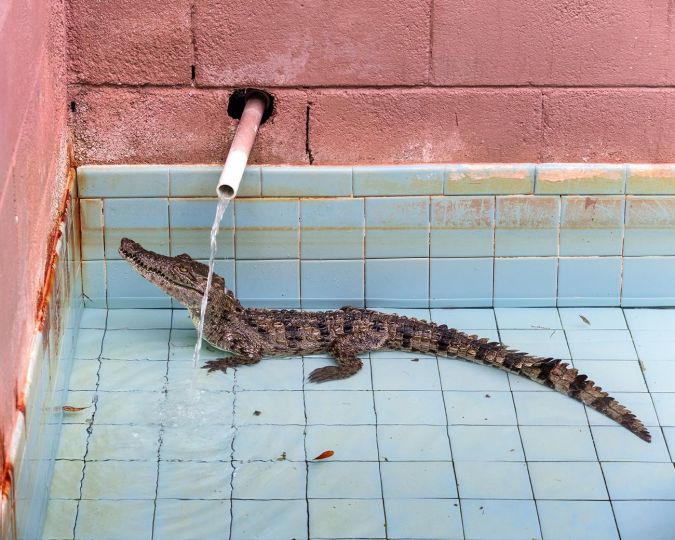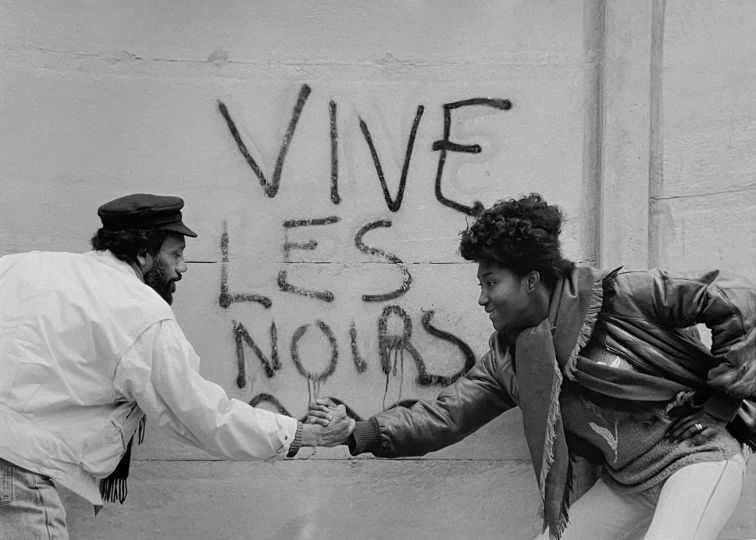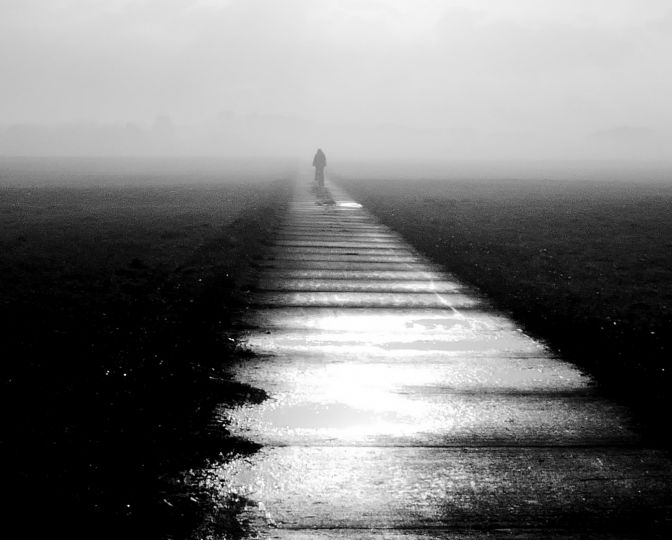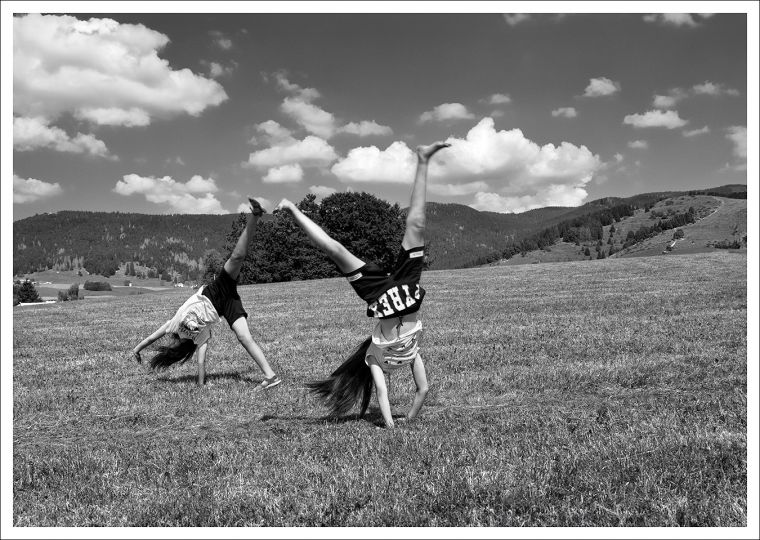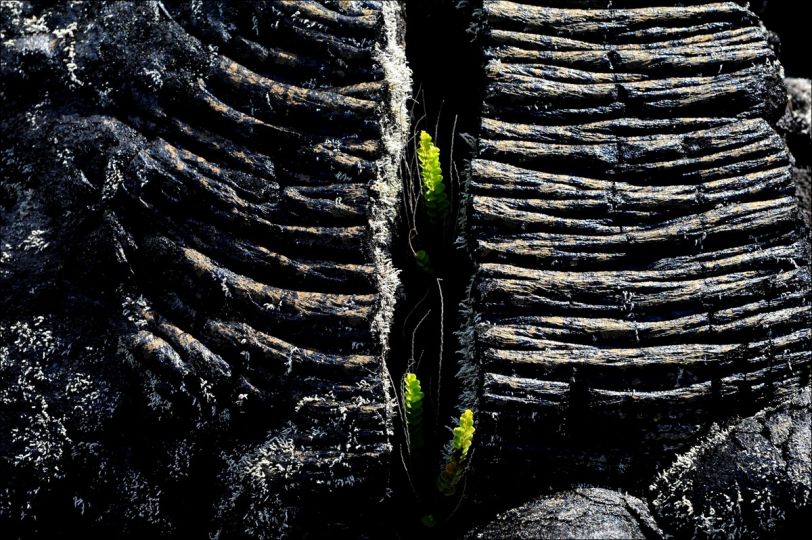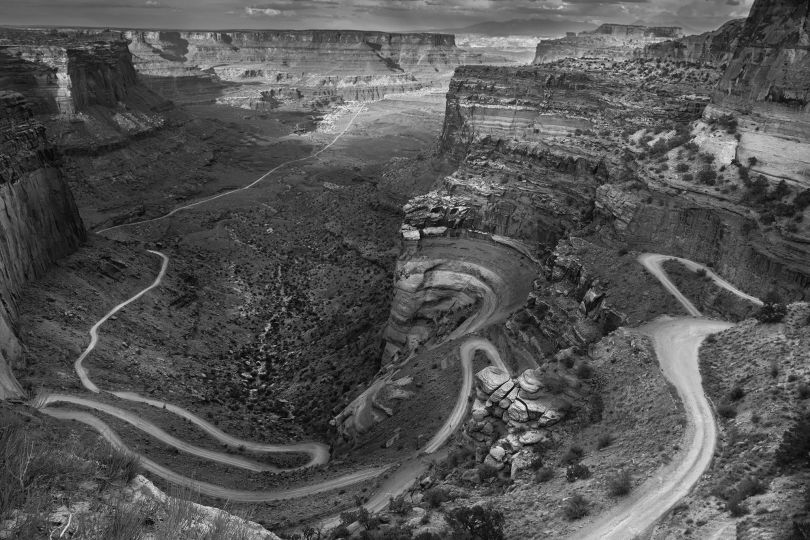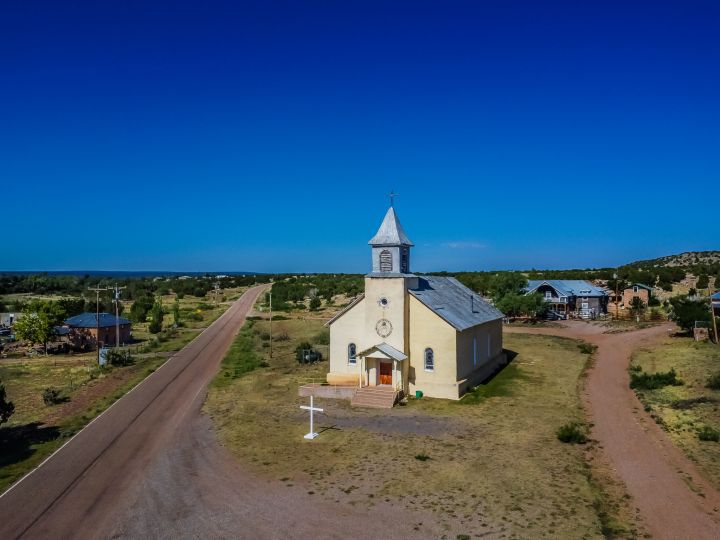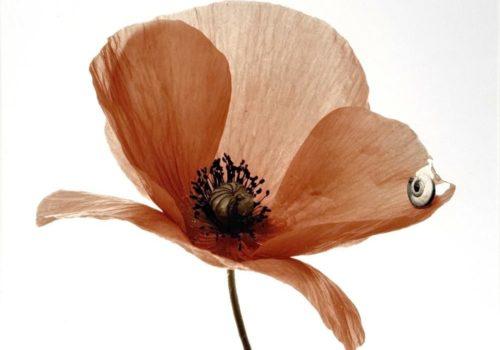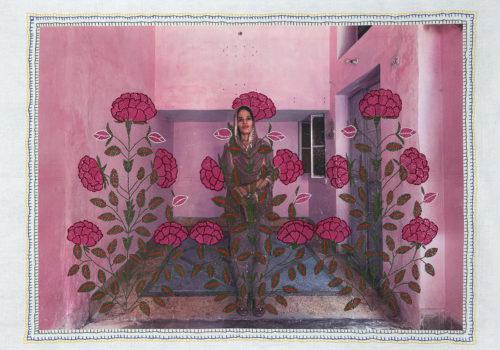Onironautica
“Onironautica” is the title of my latest photography exploration. The term derives from the Greek words ‘Ὄνειρος’ (dream) and ‘ναύτης’ (sailor). The concept of ‘Onironautica’ involves the exploration of dreams, as a sort of navigation of our unconscious.
But what does “lucid dream” mean? The term was introduced by Dutch psychiatrist Frederik van Eeden in 1913. He began documenting his dreams, keeping a daily dream diary, and thereby marking the beginning of dream research in psychiatry. Inspired by van Eeden’s work, I’ve embarked on a journey to delve into my own unconscious state. I have started a daily diary, as van Eeden did, trying to constantly convey the nuances, sensations, and memories of dream scenarios in their different degrees of abstraction. I have also revisited old notes documenting lucid dreams I experienced in the past.
More recently, I have begun a more psychological experimentation by stimulating dream activity through various techniques, such as the WBTB method or the MILD technique. All these techniques have proven quite tiring, but effective in helping me influence my REM phase. I have also experimented with infusions of Artemisia and African Dream Root to enhance dream brain activity at night and then Galantamine and Vitamin B for further exploration.
While I started having my own lucid dreams, I realised that I was emulating a creative process similar to AI platforms such as Midjourney and OpenAI. I was doing exactly what AI is doing nowadays, i.e.“crafting scenarios from the void”. Later I began to compare my creative self to that of the “machine”, observing what differences actually occur when both have to generate content. AI developments are clearly taking over humankind, both in the arts and elsewhere, but I am deeply convinced that AI is helping in what should only be an implementation, and not a replacement of humans’ creative, scientific or cognitive capabilities. This project has prompted me to want to challenge the contemporary and reconsider artificial intelligence solely and exclusively as a means for aiding all kinds of cultural activity. How? By putting myself in the place of the machine, and making myself a content generator through HI (Human Intelligence). Ergo, Onironautica is serving also as a conduit for a real comparison between AI and human intelligence: it enables me to analyse the interplay between my creativity and that of the AI, helping me to notice and discern elements that may be distinctive qualities in human or AI creative formulations of new realities, including storytelling, visual layer conception, original abstraction, and more.
However, I did not decide to explore my dreams just to fuel contemporary debate. I am sincerely intrigued by the process of dream abstraction. I have always had a great sense of abstraction from reality, and that is also why I decided to delve into the dream dimension and its mechanisms. This aspect is intertwined with my unconscious realm, connecting to both emotions and conceptualisation. My art is deeply engaged with the exploration of the human psyche, delving into the unconscious and unintentional elements shaping the ego, identity, and personality, and in conformity with this project, I have allowed full expression to my unconscious mind.
As André Breton wrote in the first Surrealist Manifesto, attempting to articulate an artistic approach that delves into the unconscious: “[Surrealism] resolves the previously contradictory conditions of dream and reality into an absolute reality, a super-reality.” There is always a “contradiction” in dreams which occurs as an illogical response to reality. What I have been trying to do with Onironautica is to “capture” or “reproduce” that contradiction that turns reality into a super-reality.


